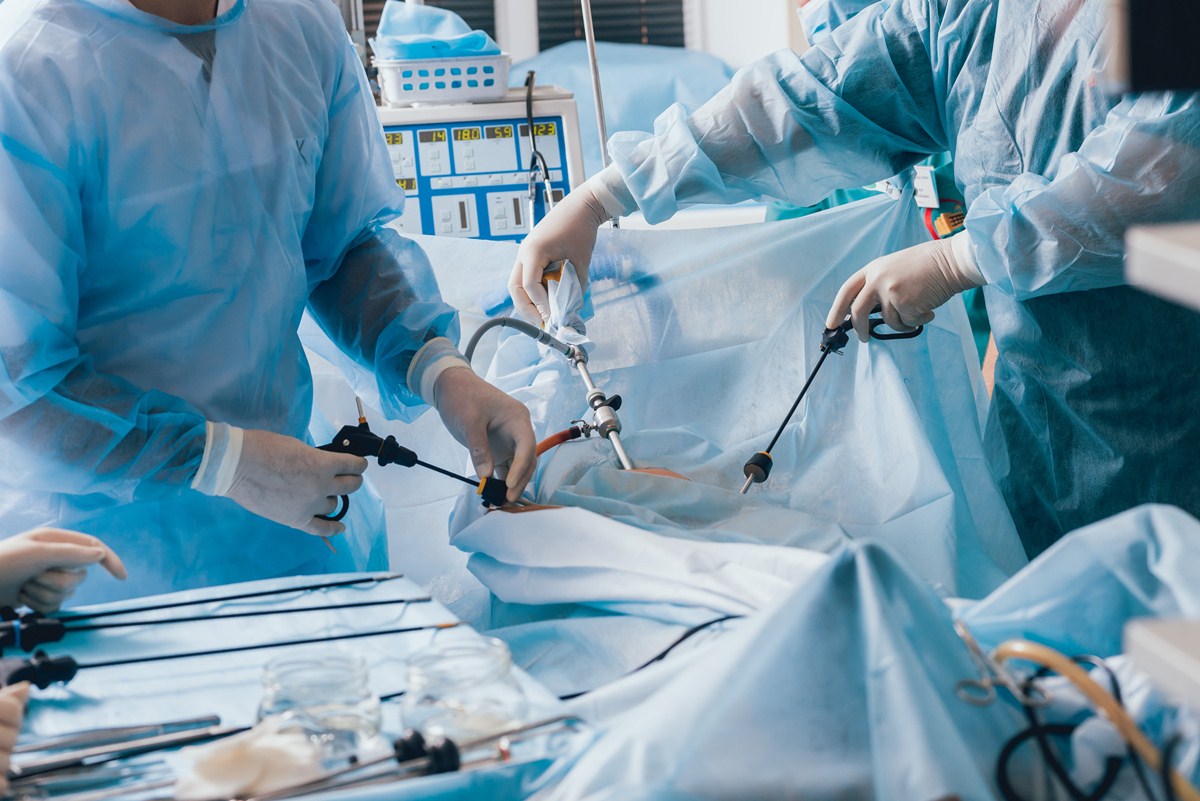Overview
Rectoceles and enteroceles are prolapses of the large and small intestine, respectively, which occur in women due to various factors and end up causing bulges to develop around the vaginal canal.

Causes
Increased pressure on the pelvic floor is the main reason behind these conditions and the following are causes of this increased pressure:
- Chronic coughing leading to persistent increased pressure in the abdomen and pelvis.
- Repeated lifting of heavy objects.
- Having chronic constipation or persistent straining when having bowel movements.
- Being overweight or obese.
Risk Factors
Besides the mentioned scenarios that can affect the integrity of the pelvic floor muscles, there are other risk factors that can affect these tissues.
They include:
- Being a smoker as this increases the chances of becoming a chronic cougher.
- Previous pelvic surgery, such as a hysterectomy.
- Increasing age since there's a loss of muscle mass and strength in older individuals.
- Being of white or Hispanic descent.
- Having a connective tissue disorder which makes the affected individual more susceptible to developing pelvic organ or intestinal prolapses.
Conservative Management
The management of a rectocele and enterocele will depend on the severity of the conditions.
The problems may be managed conservatively, if they are mild prolapses, with the physician who is looking after the affected individual suggesting that the patient perform Kegel exercises which help to strengthen the pelvic floor muscles.
A vaginal ring or pessary may also be inserted into the vagina to help support the bulging tissue.
Surgical Intervention
For a rectocele, the surgery involves approaching the pathology from the vagina and consists of removing stretched and excess tissue that forms the posterior vaginal prolapse. A mesh patch may be inserted by the surgeon to help provide support for the surrounding tissue as well as strengthen it to help reduce the prolapse.
An enterocele is surgically repaired through either an abdominal or vaginal approach, with or without robotic assistance. The surgery entails the surgeon moving the prolapsed small intestines back into the abdominal cavity and tightening the connective tissue of the pelvic floor. Again, a mesh can be used here to help support the weakened surrounding tissues.
- www.ncbi.nlm.nih.gov/pmc/articles/PMC4231145/
- Photo courtesy of SteadyHealth
















